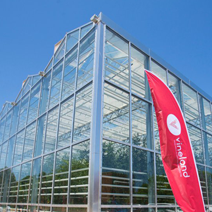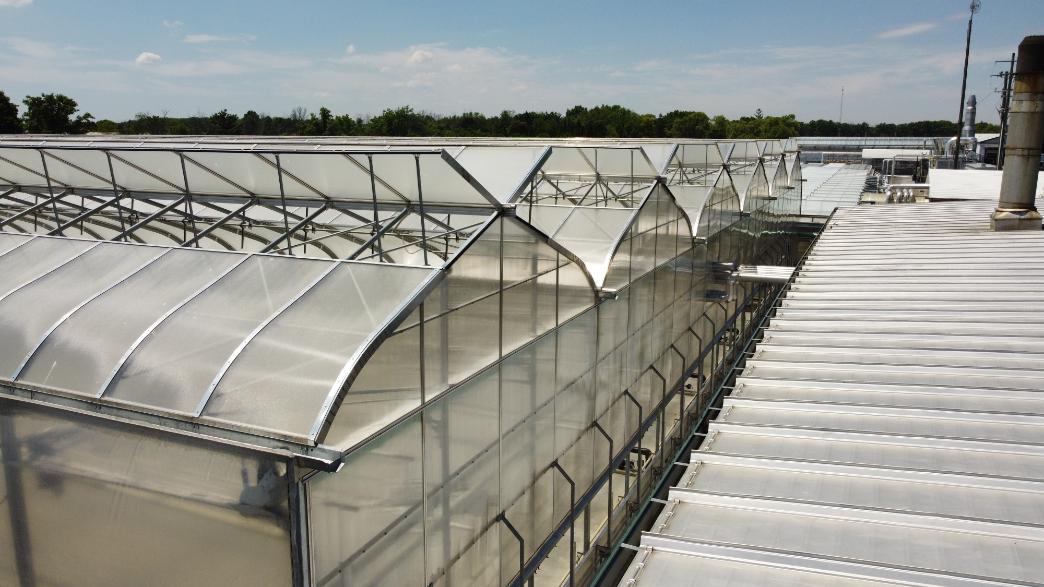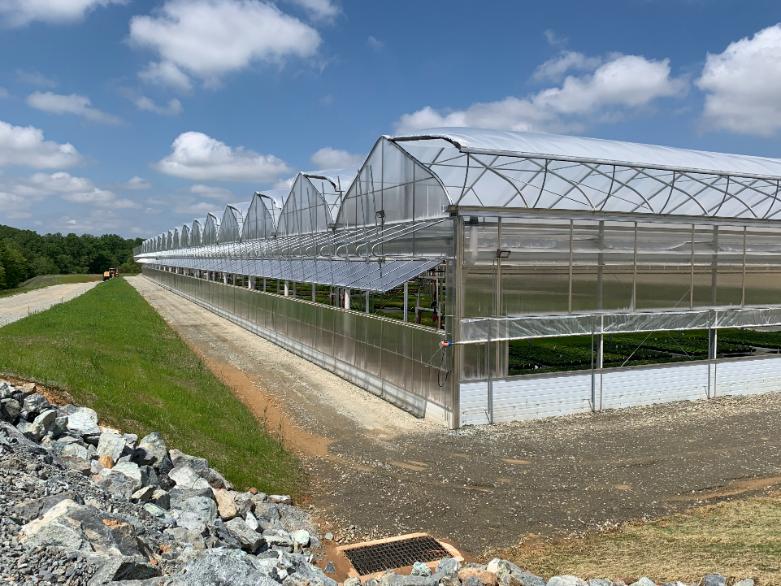How to Identify Food Crops that are Money Makers for Future Greenhouse Growers
A few months ago I posted a blog entitled What Can I Grow in a Greenhouse? This has been reposted several times on LinkedIn and Facebook, and though it was stated that the article was not an all-encompassing list, the purpose was to broaden the perspective of what greenhouses are being used for, and identify that this is no longer our fathers’ greenhouse industry.
Like all things in life and business greenhouses are changing.
For the last couple of years there has been a push in America to convert Floriculture production greenhouses to vegetable production greenhouses. The trade magazines have written numerous articles on this, greenhouse conferences have held talks on the subject, and some growers are doing it.
The problem I have with much of what I have seen on the subject is that growers are being lead to think converting to greenhouse tomatoes, or cucumbers, or a greenhouse pepper crop is the solution. The solution to what? I assume the spark that started this conversation is an economic downturn and an oversupply of many floriculture crops. And a rational that even in times of economic strain people have to eat.
But for the most part the economics don’t make business sense to convert your greenhouse to tomatoes, peppers, and cucumbers. Leamington Ontario is the Tomato capital of the World. The Leamington Ontario area ( includes Kingsville, and Essex County ) has by far the largest concentration of greenhouses by square foot of any city region in North America. About 15 years ago Tomato, Cucumber, and Pepper greenhouses went through massive expansions in the Leamington area. You see, the growers realised that to be profitable with these food crops they needed to have economies of scale. And the price of admission was identified to be 4 acres. With less than 4 acres, a grower could not make money growing these highly competitive vegetable crops in a greenhouse.
15 Years ago 4 acres was the minimum size for a profitable vegetable greenhouse. Since then these growers have continued to expand. Not by an acre or two at a time, but by 10 or 20 acres. But that’s not all. Today’s Leamington growers realise that food prices can turn downward quickly, and with over 2,000 acres of greenhouses in the region (that’s right, it’s not a misprint more than 87,119,999 square feet growing tomatoes, peppers, and cucumbers in greenhouses in one little section of Ontario) greenhouse growers for these popular veg crops realised they needed to do more than just gain economies of scale in greenhouse production. So growers have gotten together and formed packing company partnerships. Imagine the efficiencies when 4 or 5 growers each with 15 to 40 acres of production greenhouses pool their resources to purchase state of the art high tech packaging equipment and facilities.
Is this the competition you want to go up against? Most Leamington greenhouse owners today are second generation tomato growers, or cucumber, or pepper growers. They have grown up with the crop, they have grown up as their father’s greenhouse business expanded from one acre of poly greenhouses, to 4, to 10, to 10 acres of poly plus 10 acres of glass greenhouses. These are formidable competitors to a grower with less square footage under glass, and less experience with this crop.
And if you still feel that Leamington is far enough away from your market to justify starting a smaller greenhouse, you need to look at Village farms with 40 acres in Fort Davis Texas; 40 acres in Marfa Texas; and over 100 acres in Delta, British Columbia. And we haven’t even looked at the enormous operations that have been building in Mexico over the last ten years.
Now that I have cautioned you against rushing down the path of converting a potted mum operation into a one of the big three fruit greenhouse facilities, I will pose a new question: What is new in your market place? One place to look is how are the demographics changing?
Earlier this year, thanks to the Census, Statistics Canada reported that 46 percent of the population in Toronto are foreign-born residents. At the current immigration pace, these foreign born residents, previously considered visible minorities, will account for more than 50% of the population, and so the minority becomes a majority.
Toronto is not the only city in North America seeing the makeup of its citizens change, and immigration is not confined to big cities either. These newer residents bring with them a desire for the comforts of home, and a taste for what they know, and that will be big business to some greenhouse producers.
According to an article posted on cbc.ca, Glen Filson, a professor at the University of Guelph, was involved with a research project that found the potential demand for fresh, locally grown ethnic vegetables could be worth $61 million a month in the greater Toronto area alone.
So if you want to identify food crops that are money makers for future greenhouse growers, stop looking where everyone else already is, and look where everyone will be wanting to go.
Starting a new crop is starting a new business. It will not be easy. You will have difficulties. But you can overcome if you are committed, and you start with a business plan that identifies where the market will be, and how you are going to fill that hole.








